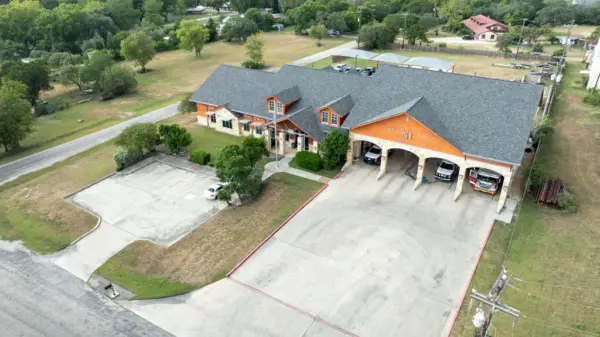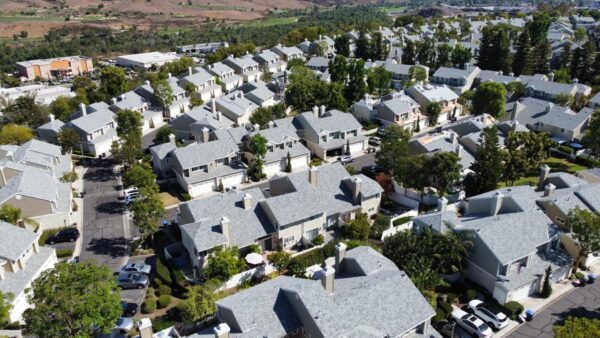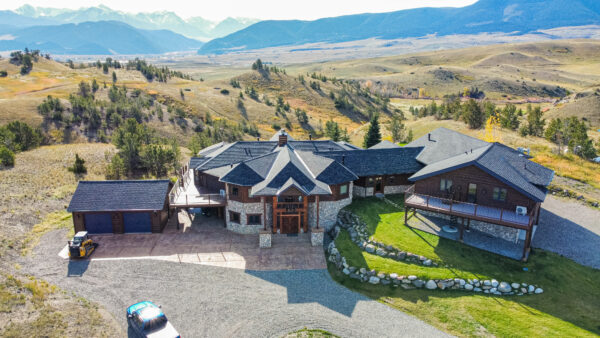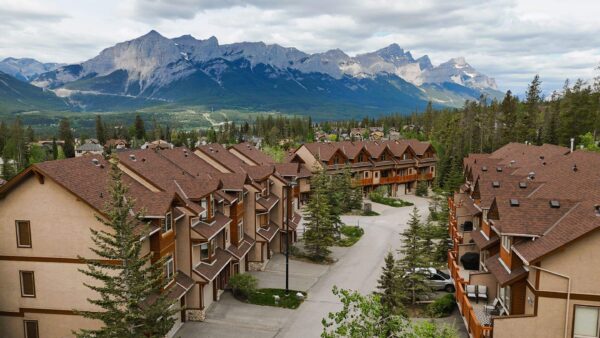
Malarkey Shingles Are Rocky Mountain Ready
Over 500 squares of new Malarkey Vista® roofing shingles now protect homes in this scenic mountain town.A veritable proving ground for roofing shingle performance, the high-peaks region around Canmore, Alberta in the Canadian Rocky Mountains is where NEX® rubberized asphalt shingles stand out. Head west from Calgary on the Trans-Canada Highway, and you will soon find the road weave below towering mountains. The town of Canmore sits at an elevation of 4,429 ft., and like neighboring Banff, is well-known for its winter snowfall and cold temperatures.
Complete with an adjacent sledding hill in the neighborhood park, Canmore’s Eagle Ridge community was due for a reroof this past summer. Epic Roofing & Exteriors was contracted to replace all 531 roofing squares atop the homes. Malarkey Roofing Products® was selected for materials, and QXO Calgary was the distributor.
Canmore goes through significant freeze/thaw cycles, and having a shingle that retained its performance through these cycles was important.— Allan Lambie, Sales Manager, Epic Roofing & Exteriors

Why Malarkey?
“The customer chose Malarkey Vista® for its Class 4 benefits in cooler weather. Canmore goes through significant freeze/thaw cycles, and having a shingle that retained its performance through these cycles was important. They were looking for a shingle that would perform longer than a non-SBS shingle,” said Allan Lambie, Sales Manager at Epic Roofing & Exteriors, which has installed Malarkey roofing products since 2003.
“In our market, we typically see clients choosing a Class 4 shingle for impact resistance considerations, but for this client, it was the continued performance through the freeze/thaw cycles. We recommended this shingle because it met their performance needs while giving great value from a pricing perspective,” he added.
Allan’s team installed Vista® roofing shingles in the Antique Brown color blend. They also used Malarkey accessories including Smart Start® starter shingles, EZ-Ridge® hip and ridge shingles, and Secure Start® Lite Underlayment.

Secure Start® Lite is Malarkey’s most economical underlayment. It is a lightweight, synthetic underlayment providing a layer of moisture protection over the entire roof, and is suitable for use under fire-rated, code-compliant roof coverings. Secure Start® Lite works well under asphalt shingles, wood shakes/shingles, metal, slate, and mechanically-fastened roof tiles. Secure Start® Lite’s non-woven surface layer provides a slip-resistant walking surface and makes steep slope roofing installations safer in all weather conditions.
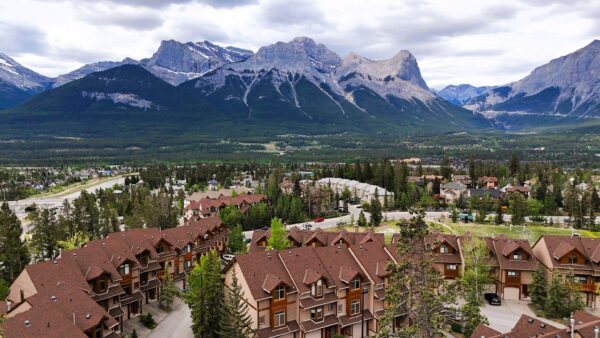
Challenges
In addition to the travel from Calgary, where Epic is based, to Canmore, an hour’s drive away, planning for on-site management and material deliveries had to be confidently secured, according to Allan.
Narrow access to the site also proved challenging and the close quarters of the units required additional safety considerations. This meant there were many entry points for the Epic team to protect.
“With many client vehicles on site, we needed to be flexible with material deliveries and bin placements for debris removal,” said Allan.
“Protecting the site with tarps, fencing, and signage kept everyone safe. Communication with the property manager and the relatively high number of residents can always be tricky. Having a clear process for critical communication distribution made sure all parties were well informed as the project progressed,” he added.
The Epic crew also updated all the venting for each unit and replaced the 20-year-old sun-tunnels in addition to re-roofing.
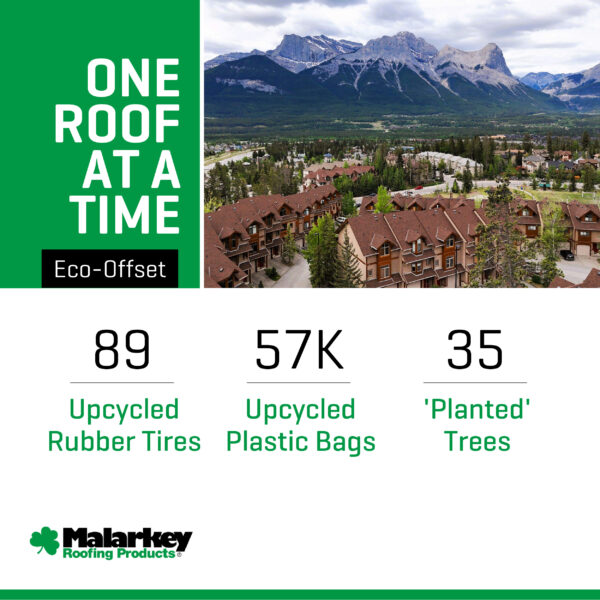
Eco-Offset
In such a stunning natural environment, making sustainable material choices is also important. 3M™ Smog-Reducing Granules on Malarkey roofing shingles help keep mountain air fresh from pollutants. Given the scale of this project, the Eco-Offset stats are especially notable:
- 89 Approximate rubber tires diverted from the landfill.
- 56.6K Approximate plastic bags diverted from the landfill (tires and plastic bags are upcycled into the formula for Malarkey’s SBS rubberized asphalt shingles).
- 35 Approximate trees ‘planted’ to help clean the air (with smog-reducing shingles, each roof has the smog-fighting capacity of two to three trees).
Now, months after the reroofing project was completed, these roofs are combating freeze and thaw cycles between periods of cold storms and bright alpine sun. Regardless of the conditions, Eagle Ridge residents can rest assured that Malarkey’s Vista® shingles and accessories, installed by local, experienced professional roofing contractors, were the right choice.
